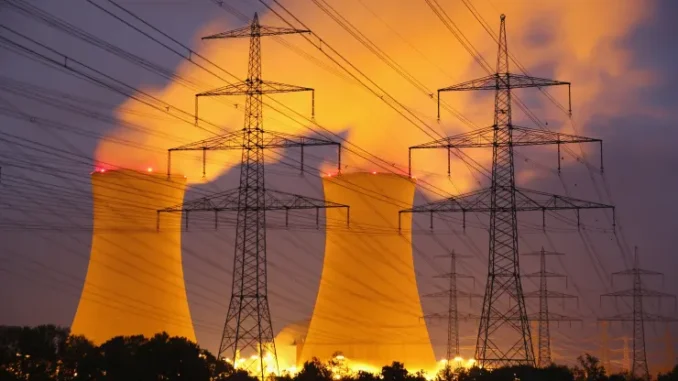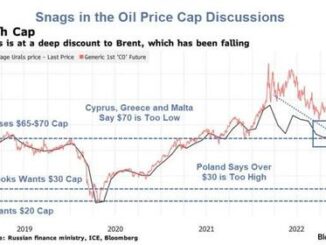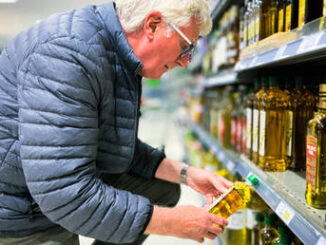
- Nuclear power has been touted as a proven, safe way of producing clean energy, but why isn’t it more widely adopted?
- Contrary to popular belief, cost, not safety, is the main obstacle that needs to be surmounted, analysts say.
- One analyst is of the view that only nuclear power can deliver cost effective, reliable, and clean energy, solving the problem of reliability that plagues nature based renewable energy solutions.
As the world pushes toward its goal of net-zero emissions by 2050, nuclear power has been touted as the way to bridge the energy gap — but some, like Greenpeace, have expressed skepticism, warning that it has “no place in a safe, clean, sustainable future.”
Nuclear energy is not only clean. It is reliable and overcomes the intermittent nature of renewables like wind, hydro and solar power.
“How do you provide cheap, reliable and pollution-free energy for a world of 8 billion people? Nuclear energy is really the only scalable version of that, renewables are not reliable,” Michael Shellenberger, founder of environmental organization Environmental Progress, told CNBC.
Governments have started to pour money into the sector after years of “treading water,” according to a report by Schroders on Aug. 8.
According to the report, there are 486 nuclear reactors either planned, proposed or under construction as of July, amounting to 65.9 billion watts of electric capacity – the highest amount of electric capacity under construction the industry has seen since 2015.
Only a few years ago, the International Energy Agency had warned that nuclear power was “at risk of future decline.” The report in 2019 said then that “nuclear power has begun to fade, with plants closing and little new investment made, just when the world requires more low-carbon electricity.”
Schroders noted that nuclear power is not only scalable, but much cleaner — emitting just 10-15 grams of CO2 equivalent per kilowatt hour. That’s competitive with both wind and solar energy and substantially better than coal and natural gas.
Nuclear power is also the second largest source of low carbon energy after hydro power, more than wind and solar combined, Schroders said.



